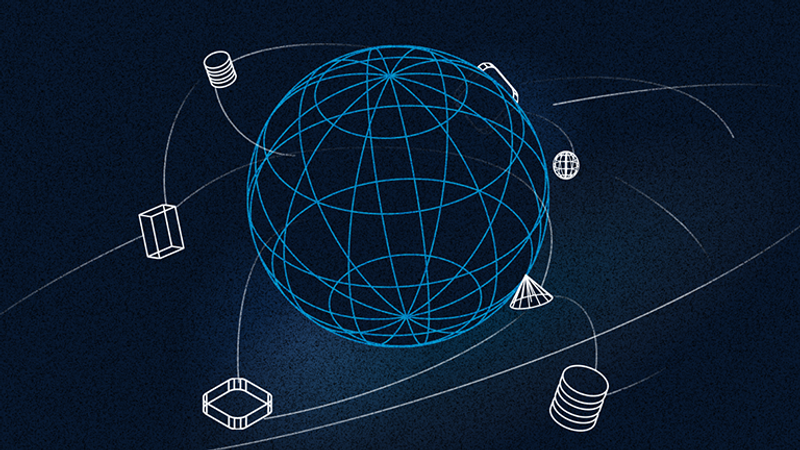Digital Transformation and Why Integration Platforms Are on the Rise
The emergence of cloud computing and APIs has fundamentally changed how DevOps teams work, and not all integration platforms are keeping up

Download the eBook, Not All Integration Platforms Are Built the Same, to explore what requirements DevOps teams should look for in an integration platform and an evaluation of different integration platform approaches: ETL, iPaaS, Scripting, ITSM Workflow Automation Tools, and DevOps Process Orchestration.
The world has changed significantly in the last 20 years for development and operations teams. Two substantial trends have emerged: the rise of cloud computing and the influx of SaaS tooling. These trends have fundamentally altered what it means to run services.
While this has added a great deal of power through application programming interfaces (APIs), it’s also added a considerable amount of complexity. In this new DevOps world, exactly how we integrate and handle the complexity of APIs is a new and transforming space for integration platforms.
Cloud computing and APIs take center stage
The emergence of AWS and cloud computing has entirely changed the way we release software and manage infrastructure. Cloud-based infrastructure has been instrumental in helping organizations provide flexible, on-demand access to the resources underpinning new digital business offerings. It allows organizations to scale infrastructure as needed to support changing business priorities while reducing the risks of wasted IT resources that inhibited past investments in new digital services.
Since the emergence of cloud computing, APIs have skyrocketed. APIs simplify software development and innovation by enabling applications to exchange data and functionality easily and securely. APIs are a common way for software developers to communicate with services without worrying about the structure of that service or the service provider. Developers don’t need to know how an API is implemented; they simply use the interface to communicate with other products and services.
APIs have grown to be an essential part of how we build applications on top of infrastructure — all of which are controlled by APIs. Today’s software supply chain is heavily made up of APIs. Like a car part, we take chunks of code and piece them together to make finished applications that run on componentized infrastructure. Instead of managing our own infrastructure, we manage the APIs that make cloud computing possible. Today, managing complexity is about managing the relationships between the different vendors, their APIs, and the components we use.
Best-of-breed SaaS tooling and APIs are creating sprawl
In this new world, SaaS tools and services have soared. More and more, organizations are opting for a tool agnostic approach — enabling individual teams to choose the tools and services that fit their unique needs. While this provides flexibility, it’s also causing sprawl throughout organizations.
As more tools are added to the stack, more data is being generated, and that typically results in data silos. Each best-of-breed tool stores its unique data, but stitching it all together is difficult. Siloed data means both actionability and visibility are hindered. Teams are context-switching between tools and taking action in various places to carry out any given process. Getting the full picture of a problem, incident, or change becomes a matrix of data throughout tools.
As the volume of data and complexity of processes expand, establishing a robust orchestration strategy is critical. But orchestrating the many moving parts of a DevOps toolchain is not an easy feat. Trying to limit the number of tools or strictly defining processes within an organization prohibits the autonomy and freedom teams need to stay agile. Instead, integration platforms can manage complex systems to create cohesive processes and visibility across organizations.
The need for a new approach to integration platforms
Many integration approaches like ETL, iPaaS, ITSM workflow automation tools, and scripting have been around for years, and new generations of these platforms continue to surface. But the complexity of modern DevOps processes means there are new requirements that must be met to enable agility, actionability, and scalability. Furthermore, the developer has become increasingly important because of the shift towards cloud computing and how APIs are used for infrastructure.
Integration platforms need to have both the flexibility and power to enable DevOps teams to manage infrastructure, expand automation, and streamline processes. Teams today require real-time data, highly flexible workflow automation, process controls and auditability, infrastructure automation, and adaptability to custom APIs.
What DevOps teams need in an integration platform
In our next three blogs, we’ll explore how these shifts in infrastructure and operations means integration platforms must meet new requirements. We’ll dive into three critical areas to evaluate in a platform: customization, API developer experience, and flexibility of integrations.




